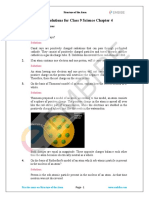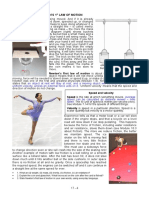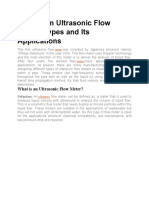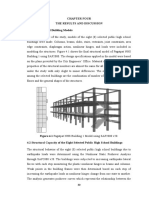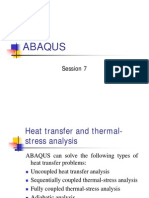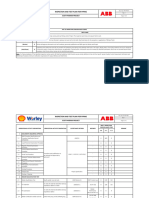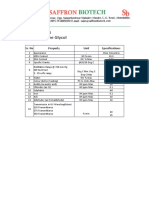0% found this document useful (0 votes)
11 views3 pages? Atomic Structure
This document provides concise notes on atomic structure for JEE, covering subatomic particles, atomic models, Bohr's formulae, energy of photons, spectral series, Rydberg formula, de Broglie wavelength, Heisenberg uncertainty principle, quantum numbers, electronic configuration, and exceptions. Key concepts include the characteristics of protons, neutrons, and electrons, as well as significant atomic models like Thomson, Rutherford, and Bohr. It also discusses principles such as wave-particle duality and quantum mechanics in relation to electron behavior and energy levels.
Uploaded by
Rsdkm minecraftCopyright
© © All Rights Reserved
We take content rights seriously. If you suspect this is your content, claim it here.
Available Formats
Download as DOCX, PDF, TXT or read online on Scribd
0% found this document useful (0 votes)
11 views3 pages? Atomic Structure
This document provides concise notes on atomic structure for JEE, covering subatomic particles, atomic models, Bohr's formulae, energy of photons, spectral series, Rydberg formula, de Broglie wavelength, Heisenberg uncertainty principle, quantum numbers, electronic configuration, and exceptions. Key concepts include the characteristics of protons, neutrons, and electrons, as well as significant atomic models like Thomson, Rutherford, and Bohr. It also discusses principles such as wave-particle duality and quantum mechanics in relation to electron behavior and energy levels.
Uploaded by
Rsdkm minecraftCopyright
© © All Rights Reserved
We take content rights seriously. If you suspect this is your content, claim it here.
Available Formats
Download as DOCX, PDF, TXT or read online on Scribd
/ 3
















